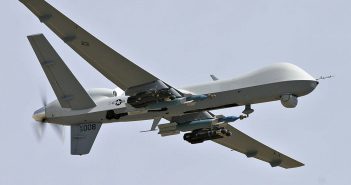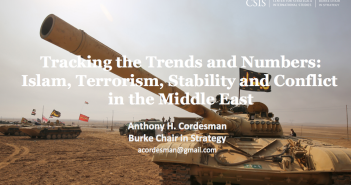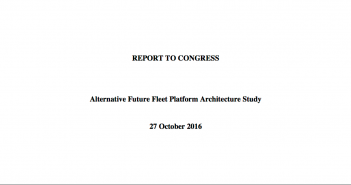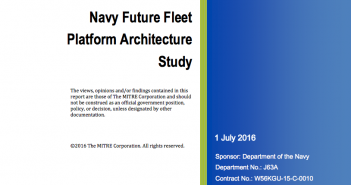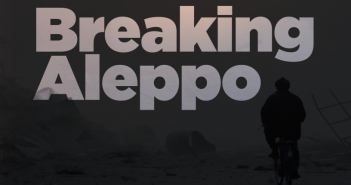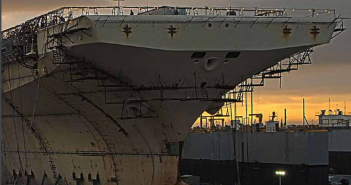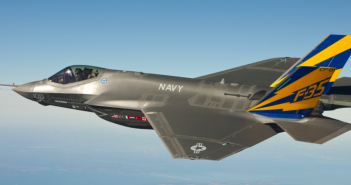Your single destination for high-quality content from top think tanks around the world. Fresh reports and analysis as they are released to ensure valuable thought leadership work isn’t lost in the daily noise.

CSBA – ‘After ISIS: US Political-Military Strategy in the Global War on Terror’
In this report by the Center for Strategic and Budgetary Assessments, Hal Brands and Peter Feaver assess America’s strategic options after ISIS by examining four politico-military strategies for counter-terrorism. They conclude that an enhanced version of the approach that the Obama administration took to defeating ISIS represents the best strategy for waging a dangerous conflict that is likely to endure for many years.

